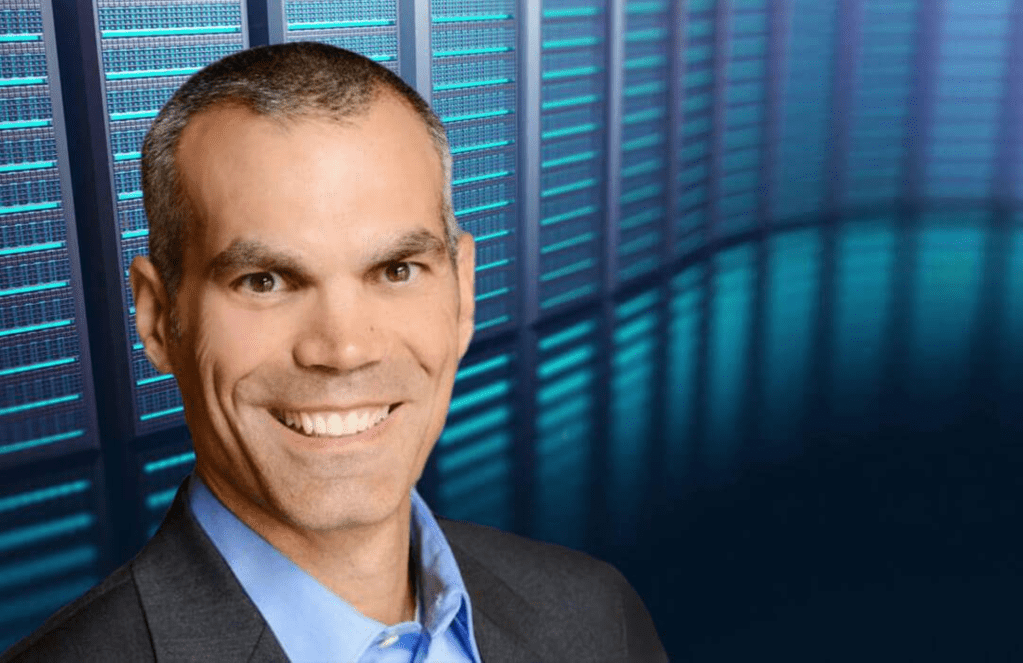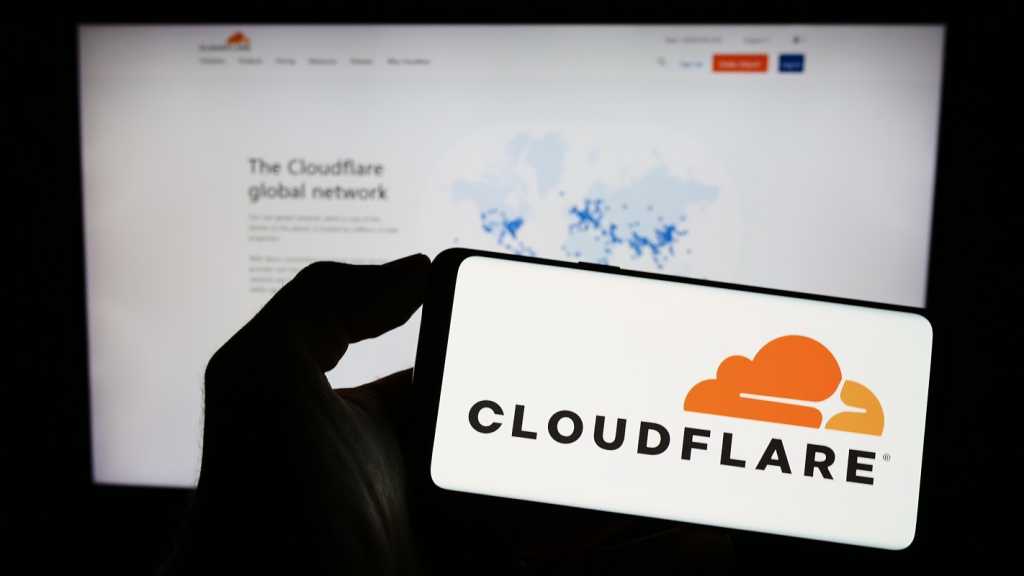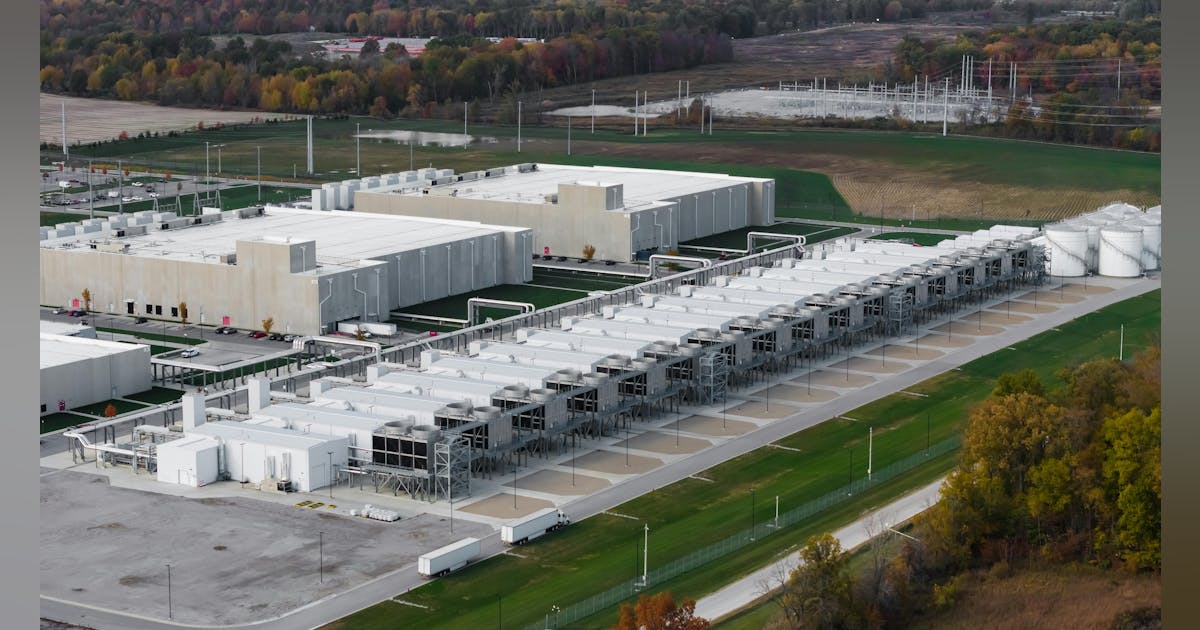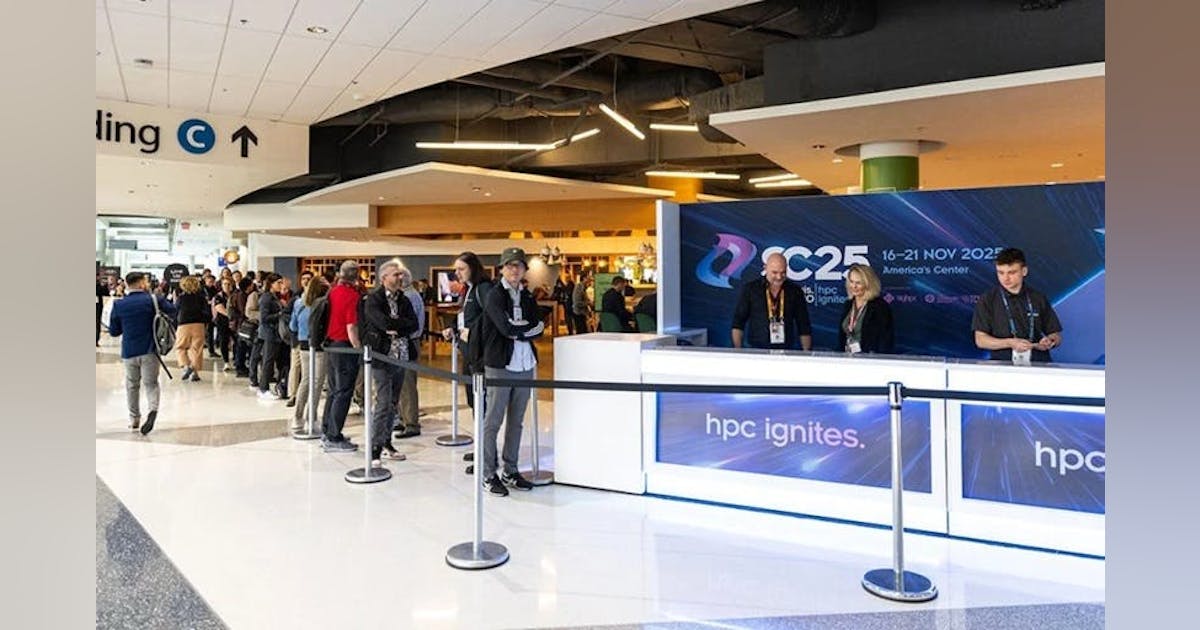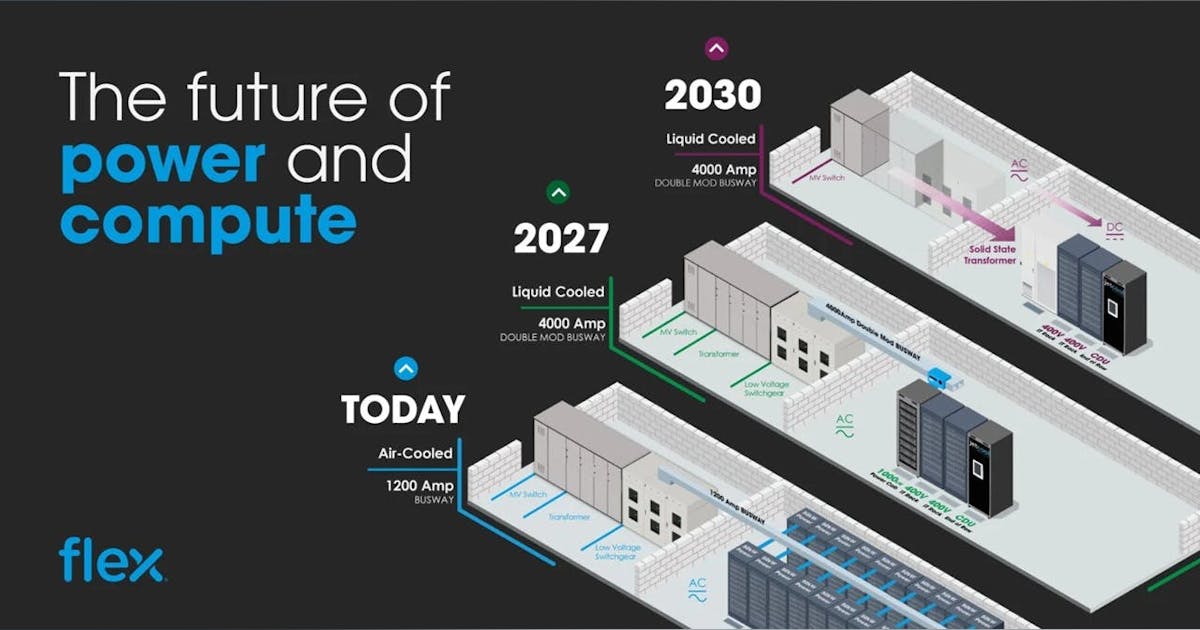From addictive algorithms to exploitative apps, data mining to misinformation, the internet today can be a hazardous place. Books by three influential figures—the intellect behind “net neutrality,” a former Meta executive, and the web’s own inventor—propose radical approaches to fixing it. But are these luminaries the right people for the job? Though each shows conviction, and even sometimes inventiveness, the solutions they present reveal blind spots.

Tim Wu
In The Age of Extraction: How Tech Platforms Conquered the Economy and Threaten Our Future Prosperity, Tim Wu argues that a few platform companies have too much concentrated power and must be dismantled. Wu, a prominent Columbia professor who popularized the principle that a free internet requires all online traffic to be treated equally, believes that existing legal mechanisms, especially anti-monopoly laws, offer the best way to achieve this goal.
Pairing economic theory with recent digital history, Wu shows how platforms have shifted from giving to users to extracting from them. He argues that our failure to understand their power has only encouraged them to grow, displacing competitors along the way. And he contends that convenience is what platforms most often exploit to keep users entrapped. “The human desire to avoid unnecessary pain and inconvenience,” he writes, may be “the strongest force out there.”
He cites Google’s and Apple’s “ecosystems” as examples, showing how users can become dependent on such services as a result of their all-encompassing seamlessness. To Wu, this isn’t a bad thing in itself. The ease of using Amazon to stream entertainment, make online purchases, or help organize day-to-day life delivers obvious gains. But when powerhouse companies like Amazon, Apple, and Alphabet win the battle of convenience with so many users—and never let competitors get a foothold—the result is “industry dominance” that must now be reexamined.
The measures Wu advocates—and that appear the most practical, as they draw on existing legal frameworks and economic policies—are federal anti-monopoly laws, utility caps that limit how much companies can charge consumers for service, and “line of business” restrictions that prohibit companies from operating in certain industries.
Columbia University’s Tim Wu shows how platforms have shifted from giving to users to extracting from them. He argues that our failure to understand their power has only encouraged them to grow.
Anti-monopoly provisions and antitrust laws are effective weapons in our armory, Wu contends, pointing out that they have been successfully used against technology companies in the past. He cites two well-known cases. The first is the 1960s antitrust case brought by the US government against IBM, which helped create competition in the computer software market that enabled companies like Apple and Microsoft to emerge. The 1982 AT&T case that broke the telephone conglomerate up into several smaller companies is another instance. In each, the public benefited from the decoupling of hardware, software, and other services, leading to more competition and choice in a technology market.
But will past performance predict future results? It’s not yet clear whether these laws can be successful in the platform age. The 2025 antitrust case against Google—in which a judge ruled that the company did not have to divest itself of its Chrome browser as the US Justice Department had proposed—reveals the limits of pursuing tech breakups through the law. The 2001 antitrust case brought against Microsoft likewise failed to separate the company from its web browser and mostly kept the conglomerate intact. Wu noticeably doesn’t discuss the Microsoft case when arguing for antitrust action today.
Nick Clegg, until recently Meta’s president of global affairs and a former deputy prime minister of the UK, takes a position very different from Wu’s: that trying to break up the biggest tech companies is misguided and would degrade the experience of internet users. In How to Save the Internet: The Threat to Global Connection in the Age of AI and Political Conflict, Clegg acknowledges Big Tech’s monopoly over the web. But he believes punitive legal measures like antitrust laws are unproductive and can be avoided by means of regulation, such as rules for what content social media can and can’t publish. (It’s worth noting that Meta is facing its own antitrust case, involving whether it should have been allowed to acquire Instagram and WhatsApp.)
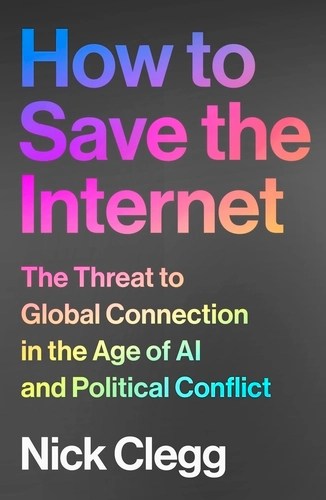
Nick Clegg
Clegg also believes Silicon Valley should take the initiative to reform itself. He argues that encouraging social media networks to “open up the books” and share their decision-making power with users is more likely to restore some equilibrium than contemplating legal action as a first resort.
But some may be skeptical of a former Meta exec and politician who worked closely with Mark Zuckerberg and still wasn’t able to usher in such changes to social media sites while working for one. What will only compound this skepticism is the selective history found in Clegg’s book, which briefly acknowledges some scandals (like the one surrounding Cambridge Analytica’s data harvesting from Facebook users in 2016) but refuses to discuss other pertinent ones. For example, Clegg laments the “fractured” nature of the global internet today but fails to acknowledge Facebook’s own role in this splintering.
Breaking up Big Tech through antitrust laws would hinder innovation, says Clegg, arguing that the idea “completely ignores the benefits users gain from large network effects.” Users stick with these outsize channels because they can find “most of what they’re looking for,” he writes, like friends and content on social media and cheap consumer goods on Amazon and eBay.
Wu might concede this point, but he would disagree with Clegg’s claims that maintaining the status quo is beneficial to users. “The traditional logic of antitrust law doesn’t work,” Clegg insists. Instead, he believes less sweeping regulation can help make Big Tech less dangerous while ensuring a better user experience.
Clegg has seen both sides of the regulatory coin: He worked in David Cameron’s government passing national laws for technology companies to follow and then moved to Meta to help the company navigate those types of nation-specific obligations. He bemoans the hassle and complexity Silicon Valley faces in trying to comply with differing rules across the globe, some set by “American federal agencies” and others by “Indian nationalists.”
But with the resources such companies command, surely they are more than equipped to cope? Given that Meta itself has previously meddled in access to the internet (such as in India, whose telecommunications regulator ultimately blocked its Free Basics internet service for violating net neutrality rules), this complaint seems suspect coming from Clegg. What should be the real priority, he argues, is not any new nation-specific laws but a global “treaty that protects the free flow of data between signatory countries.”
What the former Meta executive Nick Clegg advocates—unsurprisingly—is not a breakup of Big Tech but a push for it to become “radically transparent.”
Clegg believes that these nation-specific technology obligations—a recent one is Australia’s ban on social media for people under 16—usually reflect fallacies about the technology’s human impact, a subject that can be fraught with anxiety. Such laws have proved ineffective and tend to taint the public’s understanding of social networks, he says. There is some truth to his argument here, but reading a book in which a former Facebook executive dismisses techno-determinism—that is, the argument that technology makes people do or think certain things—may be cold comfort to those who have seen the harm technology can do.
In any case, Clegg’s defensiveness about social networks may not gain much favor from users themselves. He stresses the need for more personal responsibility, arguing that Meta doesn’t ever intend for users to stay on Facebook or Instagram endlessly: “How long you spend on the app in a single session is not nearly as important as getting you to come back over and over again.” Social media companies want to serve you content that is “meaningful to you,” he claims, not “simply to give you a momentary dopamine spike.” All this feels disingenuous at best.
What Clegg advocates—unsurprisingly—is not a breakup of Big Tech but a push for it to become “radically transparent,” whether on its own or, if necessary, with the help of federal legislators. He also wants platforms to bring users more into their governance processes (by using Facebook’s model of community forums to help improve their apps and products, for example). Finally, Clegg also wants Big Tech to give users more meaningful control of their data and how companies such as Meta can use it.
Here Clegg shares common ground with the inventor of the web, Tim Berners-Lee, whose own proposal for reform advances a technically specific vision for doing just that. In his memoir/manifesto This Is for Everyone: The Unfinished Story of the World Wide Web, Berners-Lee acknowledges that his initial vision—of a technology he hoped would remain open-source, collaborative, and completely decentralized—is a far cry from the web that we know today.
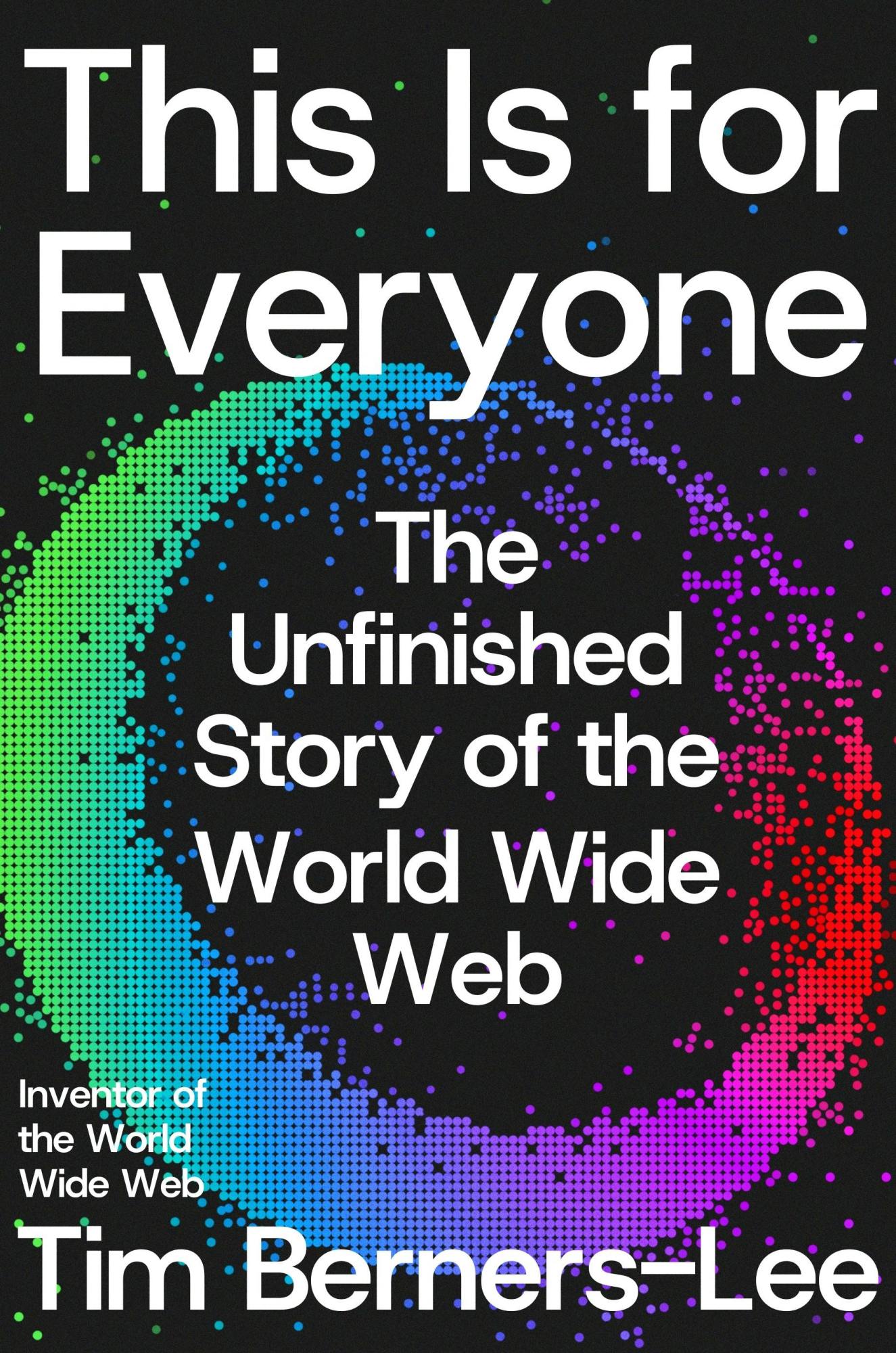
Tim Berners-Lee
If there’s any surviving manifestation of his original project, he says, it’s Wikipedia, which remains “probably the best single example of what I wanted the web to be.” His best idea for moving power from Silicon Valley platforms into the hands of users is to give them more data control. He pushes for a universal data “pod” he helped develop, known as “Solid” (an abbreviation of “social linked data”).
The system—which was originally developed at MIT—would offer a central site where people could manage data ranging from credit card information to health records to social media comment history. “Rather than have all this stuff siloed off with different providers across the web, you’d be able to store your entire digital information trail in a single private repository,” Berners-Lee writes.
The Solid product may look like a kind of silver bullet in an age when data harvesting is familiar and data breaches are rampant. Placing greater control with users and enabling them to see “what data [i]s being generated about them” does sound like a tantalizing prospect.
But some people may have concerns about, for example, merging their confidential health records with data from personal devices (like heart rate info from a smart watch). No matter how much user control and decentralization Berners-Lee may promise, recent data scandals (such as cases in which period-tracking apps misused clients’ data) may be on people’s minds.
Berners-Lee believes that centralizing user data in a product like Solid could save people time and improve daily life on the internet. “An alien coming to Earth would think it was very strange that I had to tell my phone the same things again and again,” he complains about the experience of using different airline apps today.
With Solid, everything from vaccination records to credit card transactions could be kept within the digital vault and plugged into different apps. Berners-Lee believes that AI could also help people make more use of this data—for example, by linking meal plans to grocery bills. Still, if he’s optimistic on how AI and Solid could coordinate to improve users’ lives, he is vague on how to make sure that chatbots manage such personal data sensitively and safely.
Berners-Lee generally opposes regulation of the web (except in the case of teenagers and social media algorithms, where he sees a genuine need). He believes in internet users’ individual right to control their own data; he is confident that a product like Solid could “course-correct” the web from its current “exploitative” and extractive direction.
Of the three writers’ approaches to reform, it is Wu’s that has shown some effectiveness of late. Companies like Google have been forced to give competitors some advantage through data sharing, and they have now seen limits on how their systems can be used in new products and technologies. But in the current US political climate, will antitrust laws continue to be enforced against Big Tech?
Clegg may get his way on one issue: limiting new nation-specific laws. President Donald Trump has confirmed that he will use tariffs to penalize countries that ratify their own national laws targeting US tech companies. And given the posture of the Trump administration, it doesn’t seem likely that Big Tech will see more regulation in the US. Indeed, social networks have seemed emboldened (Meta, for example, removed fact-checkers and relaxed content moderation rules after Trump’s election win). In any case, the US hasn’t passed a major piece of federal internet legislation since 1996.
If using anti-monopoly laws through the courts isn’t possible, Clegg’s push for a US-led omnibus deal—setting consensual rules for data and acceptable standards of human rights—may be the only way to make some more immediate improvements.
In the end, there is not likely to be any single fix for what ails the internet today. But the ideas the three writers agree on—greater user control, more data privacy, and increased accountability from Silicon Valley—are surely the outcomes we should all fight for.
Nathan Smith is a writer whose work has appeared in the Washington Post, the Economist, and the Los Angeles Times.



